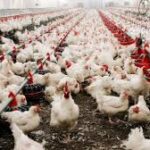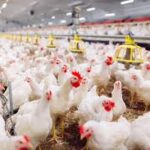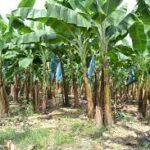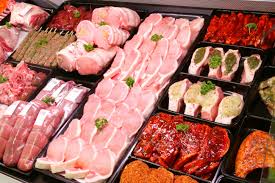CATTLE FARMING
This involves the rearing and management of two types of animals- one group for food requirements like milk and another for labour purposes like ploughing, irrigation, etc. Cattle farming is also known as beef farming. It is the practice of raising cattle for meat. Cattle are usually raised on a pasture or in a feedlot. A pasture is a large, grassy area where the cattle can graze freely. A feedlot is a smaller, fenced-in area where the cattle are fed a specially formulated diet.
Most cattle are raised for beef, but some are also raised for dairy products like milk and cheese. The benefits of cattle farming includes, Food production, Economic benefits, Management of land, Production of fertilizers, Soil conservation, Biodiversity conservation, Cultural heritage, Ecotourism etc.
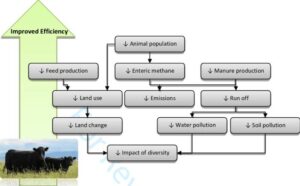
Cattle are a major source of greenhouse gas emissions, and they also require a lot of land and water. However, there are a number of ways that farmers are working to reduce the environmental impact of cattle rearing. One of these is the use of rotational grazing. This is where cattle are moved from one pasture to another on a regular basis. It helps to improve the quality of the pasture and reduces the amount of land needed.
Rotational grazing has a number of benefits for both the environment and the cattle. The main benefit for the environment is that it helps to improve the health of the pasture. The constant movement of the cattle means that the grasses have time to recover between grazing periods. It helps to prevent overgrazing and keeps the soil healthy which makes cattle to have access to a constant supply of fresh, high-quality forage. This helps to keep them healthy and improves their productivity.
Also,lets talk about other ways in which farmers work to reduce the environmental impact of cattle rearing. One of these ways is that farmers are working to reduce the environmental impact of cattle rearing is through the use of methane digesters. Methane digesters are a technology that captures methane emissions from cattle and converts them into energy. This energy can then be used to power the farm or sold back to the grid. Not only does this reduce greenhouse gas emissions, but it also provides a source of renewable energy. Other technologies that are being used to reduce the environmental impact of cattle rearing is the use of feed additives.
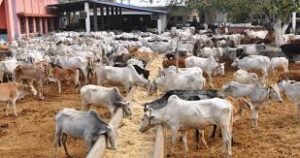
Explore more on: The role of livestock farming in the global system
Also Read : Animal welfare


